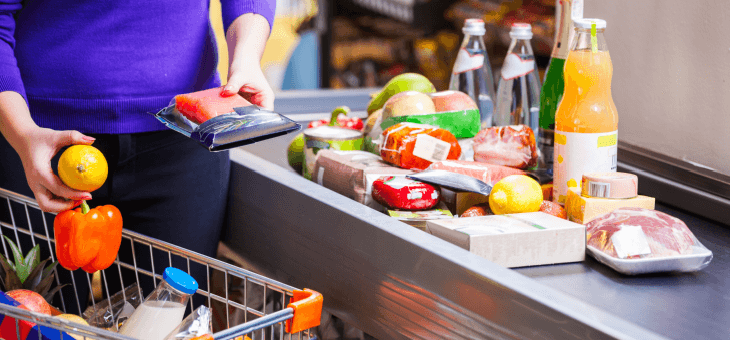The cost of supermarket staples has spiked over the past couple of years and if you haven’t had a pay rise during that time, you’re likely feeling the bite.
In the wake of Saturday’s election, you might be tempted to blame the federal government – either outgoing or incoming – or perhaps even your state government. In truth, though, the increases are the result a number of factors, some of those beyond any government’s control, including the weather – or, perhaps more accurately, the climate.
When it comes to produce, availability and cost are very much linked to the weather, and in the summer just ended, flooding in north-east Australia – driven by a second successive summer of La Niña – played havoc with fruit and vegetable crops.
Read: Supermarket lowers prices with bulk buy range
And the prospect of a third successive La Niña could mean even more disruption to the traditionally volatile market.
The term La Niña derives from a climate phenomenon known as El Niño – first noted by South American fisherman about 400 years ago to describe the unusually warm waters in some years around Christmas. Because of the timing of the phenomenon, they named it ‘El Niño de Navidad’ after the Christ child.
This was later shortened to El Niño, which simply means ‘the boy’, and when climatologists began to study the opposite occurring, they adopted the naturally opposite name, La Niña – ‘the girl’.
Read: How to sort out your flood insurance
La Niña describes the occurrence of cooler than average ocean waters, and climate experts know that this in turn means higher than average rainfall in eastern Australia.
The strength of each La Niña event varies, and stronger ones usually lead to significantly higher rainfalls. This was the case in the summer of 2021-22. The result has been the devastating floods in south-east Queensland and north-east NSW.
In addition to a variety of vegetables, tropical fruit crops such as mangoes and pineapples have been affected, as have many of the berry crops grown in northern NSW. The damage done by the floods has been exacerbated by further unseasonable rains in the same areas this month.
Such events put pressure on prices, but they’ve come on top of the pandemic, which created a shortage of workers largely through travel restrictions. The result is price blowouts.
Read: Save with these tips to make groceries last longer
Add in the Russia-Ukraine war and higher oil prices affecting transport costs, and prices have gone even higher. To butcher a phrase from Lemony Snicket author Daniel Handler, it’s a confluence of unfortunate events.
To add to the misery, we’ve been told to brace for a possible third summer of La Niña which, if it eventuates and is another strong episode, could deliver another round of flooding to the already devastated areas.
As a result, the new government is unlikely to be able to rein in grocery prices. Given that Australians are estimated to waste around 7.6 million tonnes of food across the supply and consumption chain each year – equal to a about 312 kilograms per person – now might be a good time for all of us to look at ways of reducing this wastage.
It might help save the planet, and it will most definitely save money on your groceries.
If you enjoy our content, don’t keep it to yourself. Share our free eNews with your friends and encourage them to sign up.

